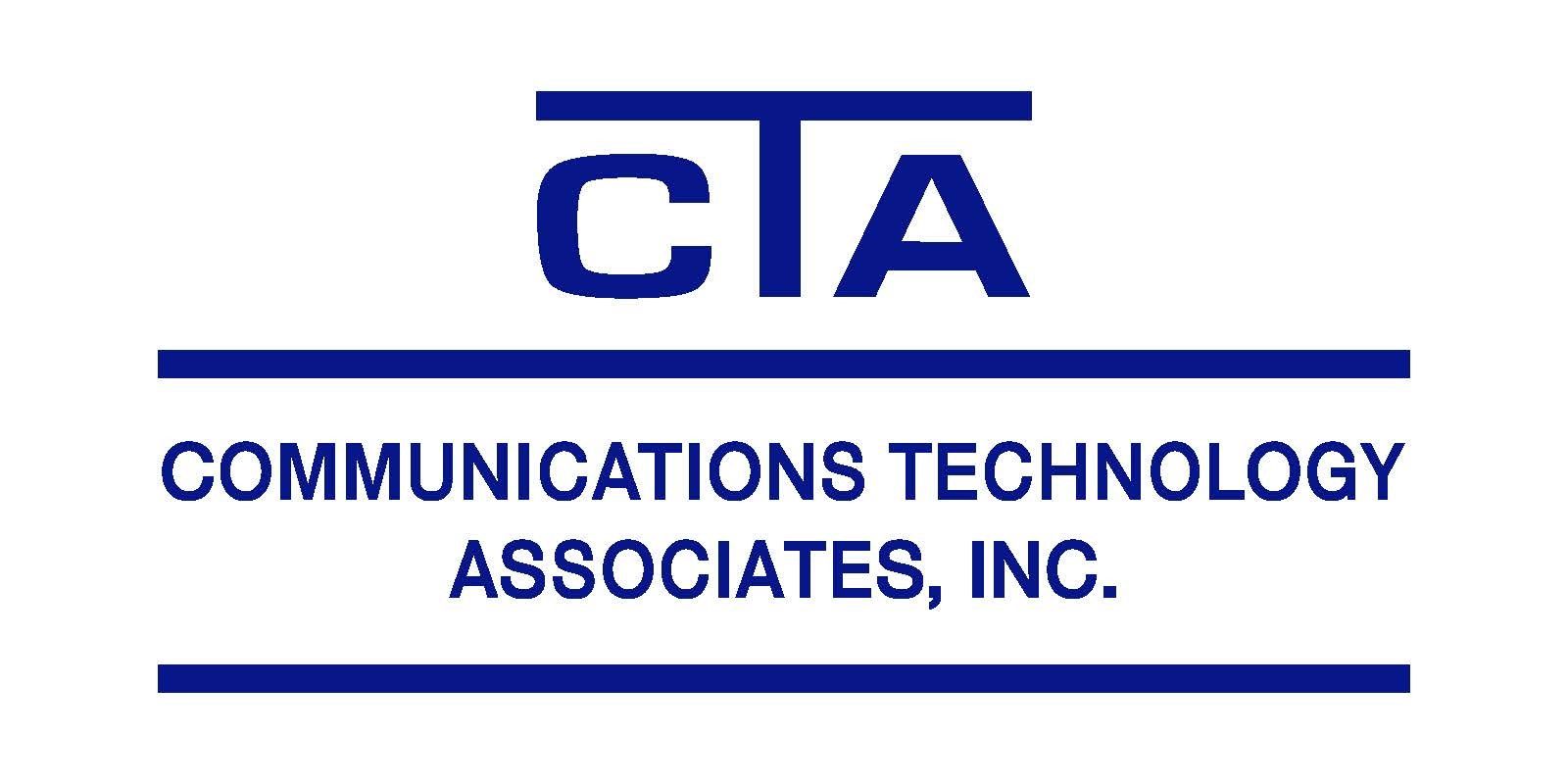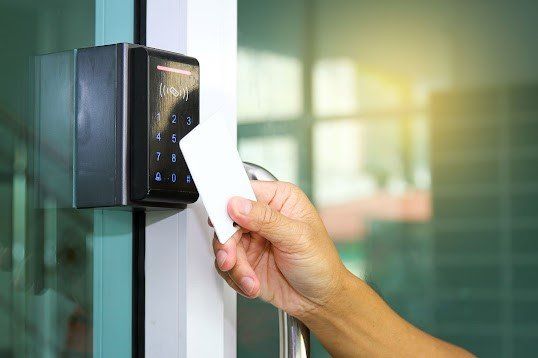
CALL US TODAY! (316) 267-5016
What Are the Common Types of Cable Shielding?

The rise of complexity in contemporary electronic and electrical technologies, and the ever-increasing distance that signals need to travel, have intensified electrical interference in cables. As a result, cable manufacturers have opted to shield their cables.
The primary function of a cable shield is to minimize the escape of signals from cables and limit external disruption.
1. Foil
Foil shields utilize a thin coating of aluminum or copper with a laminate material, preferably polyester, to enclose a cable and boost the cable's longevity. A foil shield has one conductive side and a laminate side. For proper shield grounding, the drain wire should be in touch with the metallic surface of the shield.
Foil shielding boasts many perks. First, foil shielding provides complete coverage and can withstand high-frequency Radio
Frequency Interference applications. Therefore, these cable shields are most prevalent in coaxial and electronic cables. Also, this cable shielding is lightweight and relatively cheap. Finally, this type of cable shielding is quick and easy to produce.
Keep in mind, that foil shields feature fragile elements. As a result, the shielding may not be durable and can be difficult to work with.
2. Braided
Braided shielding encloses an assembly of shielded cables with a densely woven mesh of thin copper wires or tin. The braid-like arrangement provides a low-resistance route to the ground. Electrical wire connection businesses largely use this type of cable shielding to insulate cables against high-frequency electromagnetic interference.
The efficiency of this shielding variant corresponds to the tightness of the braid and the amount of braid cover on the wire. The more the braid coverage, the longer it takes to produce, increasing the production cost. Nonetheless, braid shielding producers often supplement this cable shielding with foils to improve shield coverage.
The braided nature of this cable shielding keeps it structurally robust and flexible. However, braided shielding is hefty and may not be appropriate for tiny spaces. The bulk and weight of this shielding make it relatively expensive. Braided shielding is also more difficult to terminate than foil shielding.
3. Tape
Tape shielding is a lightweight shielding that offers coverage over cable conductors. This shielding consists of various materials, most commonly a mix of bronze, copper, and aluminum, with a laminate. The shielding features a drain wire that is required for easy termination.
Tape shielding offers similar qualities to foil shielding. The primary distinction between the two cable shielding types is that foil shielding is always aluminum. While tape shielding is usually a component of the standard cable structure supplied by the producer, it can be a DIY project.
4. Spiral
Spiral shielding contains individual small-gauge copper strands winding parallel around the cable’s core. This cable shielding variant is basic yet helpful in a range of applications. Since the copper wires are wound very tightly and consistently in one direction, the shielding obtains nearly total coverage, efficiently combating electromagnetic interference.
Spiral shields offer high flexibility thanks to the many individual wires. The key distinction of a spiral shield is the minimal looping tendency when laying the cable. Spiral shields are easy to terminate, but they are relatively inductive because the wires wind around the cable.
This shielding variant is commonly used in retractile cord cables, microphones, and audio cables where exceptional flexibility and prolonged life are necessary. Spiral shields are most effective when used in the audio frequency range.
The various cable shielding variants discussed in the article are suitable for different applications. Therefore, you should consult with a cabling expert to determine the shielding type that suits your needs. For more information on cable shielding, contact Communication Technology Associates, Inc.
Browse Our Website
Contact Information
Phone: (316) 267-5016
Email: sales@cta-inc.com
Address: 2007 S Hydraulic St Wichita, KS 67211
Business Hours:
Monday to Friday: 6:00 AM - 6:00 PM
Our Location









